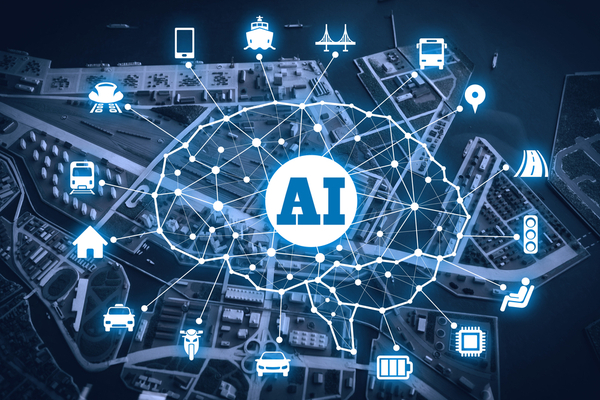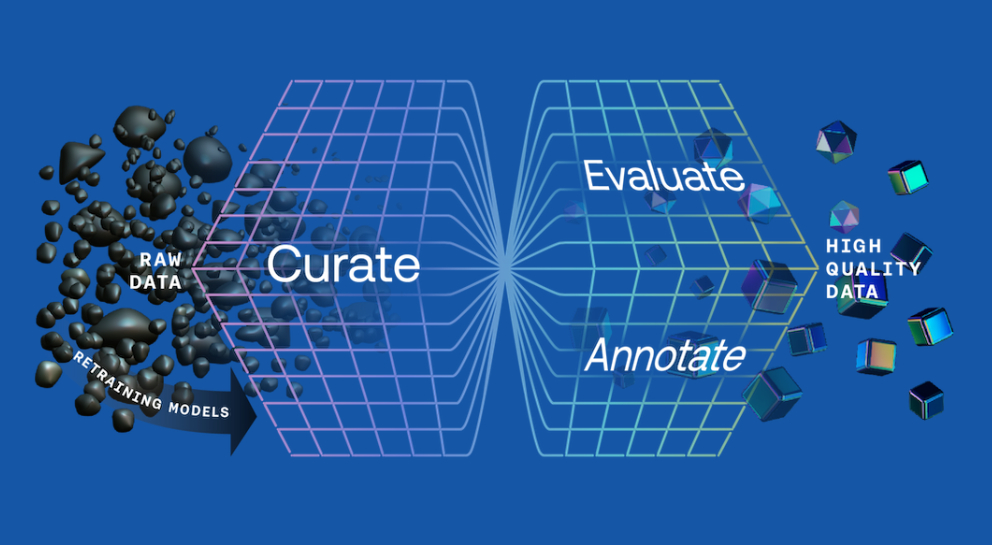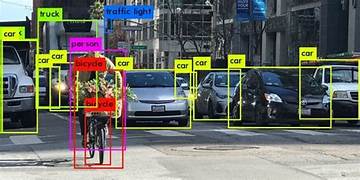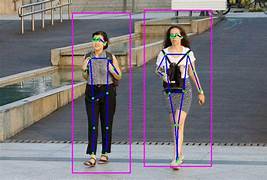Efficient and Accurate Data Labelling Tools for AI
The Significance of Data Labeling in AI
A Paradigm Shift in Data Labeling Efficiency
Visual Content Monitoring: The Next Frontier
Revolutionizing AI with Advanced Labeling Techniques
Empowering Industries with Efficient Data Labeling
Visual Content Monitoring: Enhancing Data Integrity
The Future of AI with Visionbot
Dataset Labelling & Annotation


What is Data labelling & Annotation ?
Data labelling is the activity of assigning context or meaning to data so that machine learning algorithms can learn from the labels to achieve the desired result. Machine learning has three broad categories: supervised, unsupervised, and reinforcement learning.
Supervised machine learning algorithms leverage large amounts of labelled data to “train” neural networks or models to recognize patterns in the data that are useful for a given application. For example, data labellers will label all cars in a given scene for an autonomous vehicle object recognition model. The machine learning model will then learn to identify patterns across the labelled dataset. These models then make predictions on never before seen data.
Unstructured data is data that is not structured via predefined schemas and includes things like images, videos, LiDAR, Radar, some text data, and audio data.Image Datasets
Image data powers many applications, from face recognition to manufacturing defect detection to diagnostic imaging.
To create high-quality supervised learning models, you need a large volume of data with high-quality labels. Automated Data labelling for large datasets consisting of well-known objects, it is possible to automate or partially automate data labelling. Custom Machine Learning models trained to label specific data types will automatically apply labels to the dataset.Building in-house tools is an option selected by some large organizations that want tighter control over their ML pipelines. You have direct control over which features to build, support your desired use cases, and address your specific challenges. However, this approach is costly, and these tools will need to be maintained and updated to keep up with the state-of-the-art.
Commercial Platforms
Types of Data Labelling?
1. Bounding Box
The most commonly used and simplest data label, bounding boxes are rectangular boxes that identify the position of an object in an image or video. This box defines the object’s X and Y coordinates.
Typical Bounding Box Applications:
By “bounding” an object with this type of label, machine learning models have a more precise feature set from which to extract specific object attributes to help them conserve computing resources and more accurately detect objects of a particular type.
Object detection is the process of categorizing objects along with their location in an image. These X and Y coordinates can then be output in a machine-readable format such as JSON.- Autonomous driving and robotics to detect objects such as cars, people, or houses
- Identifying damage or defects in manufactured objects
- Household object detection for augmented reality applications
- Anomaly detection in medical diagnostic imaging
2. Classification

- Activity Classification
- Product Categorization
- Image Sentiment Analysis
- Cricket Bat vs. Baseball Bat
3. Cuboids
Cuboids are 3-dimensional labels that identify the width, height, and depth of an object, as well as the object’s location.
Data labellers draw a cuboid over the object of interest such as a building, car, or household object, which defines the object’s X, Y, and Z coordinates. These coordinates are then output in a machine-readable format such as JSON. Cuboids enable models to precisely understand an object’s position in 3D space, which is essential in applications such as autonomous driving, indoor robotics, or 3D room planners. Reducing these objects to geometric primitives also makes understanding an entire scene more manageable and efficient.
4. Polygon/Contour Annotation

5. Key point Annotation

